Various Bonsai Style in the World and Examples
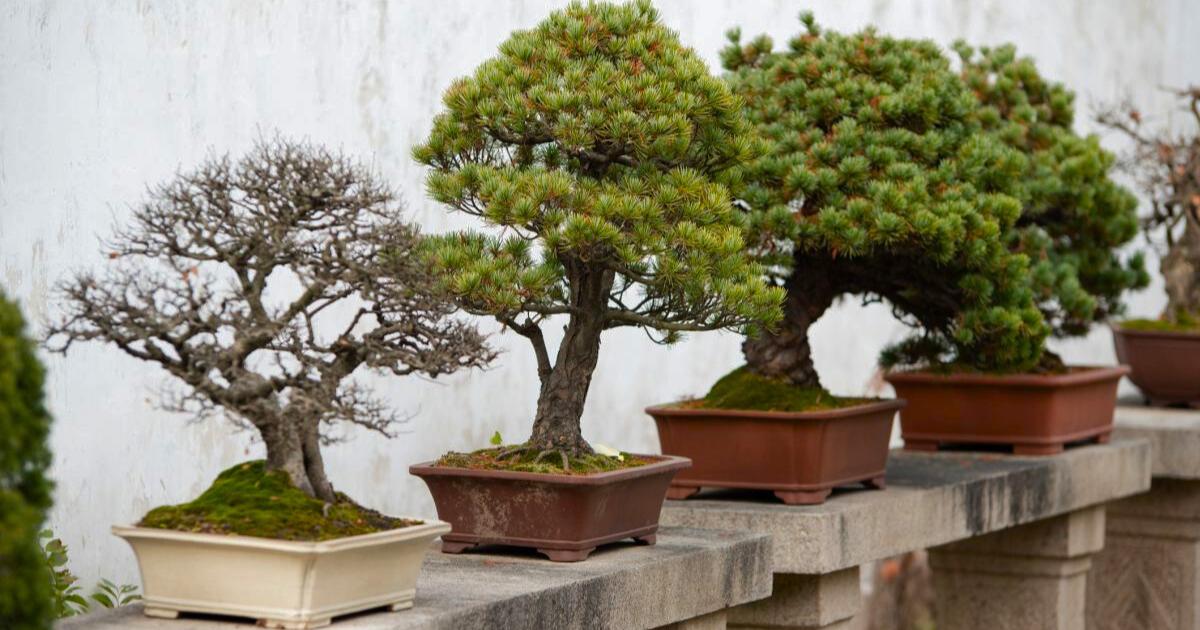
Bonsai style is a tree model that is arranged from trunks, branches, twigs, leaves, to roots that are made in such a way. Basically the characteristics of the bonsai itself are not fixed on traditional models, but can also be determined by the wishes of the maker (apart from the classical rules).
In Japan, there are certain techniques when it comes to making traditional bonsai styles, but people outside of Japan are reluctant to follow the classic bonsai rules that have existed for hundreds of years. So there are various modern styles that we can see today, and that modern style is called “Unusual Bonsai Style”.
However, if you want to follow the rules of the classic Japanese bonsai style, below we suggest some of the recognized traditional styles, these are as follows:
Various Bonsai Style in the World and Examples
1. Hokidachi (Traditional/Formal Style)

This formal style is often seen in ancient Japanese paintings and films from the land of Nippon. The shape of the hokidachi bonsai has a large main stem and tapers at the end with branches spreading in various directions in a pyramid shape.
2. Sharimiki (Mystical Style)

Sharimiki is arguably the best and most unique style of bonsai in the world. This style is very popular with bonsai fans because it has a special feature, namely the bark is peeled off and carved in such a way that the tree looks very old.
3. Bankan (Coarse Trunk Style)
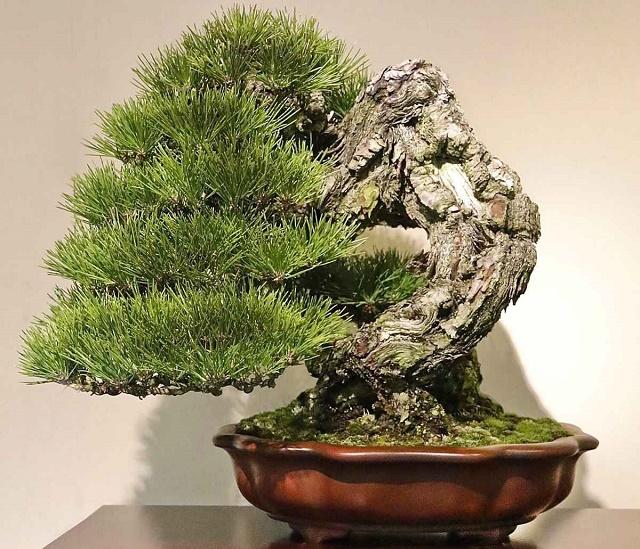
Bankan is one of the many traditional Japanese bonsai styles. This style is not easy to make as it requires real old age trees which have naturally coarse and split bark. Some bonsai heirs in Japan even have this bank style bonsai with trees that are hundreds of years old.
4. Chokkan (Upright Style)

This chokkan or upright style bonsai has the main stem of an upright tree with a balanced size, that is, the higher it goes the smaller it gets like a fir tree in the wild.
5. Shankan (Slanting Style)
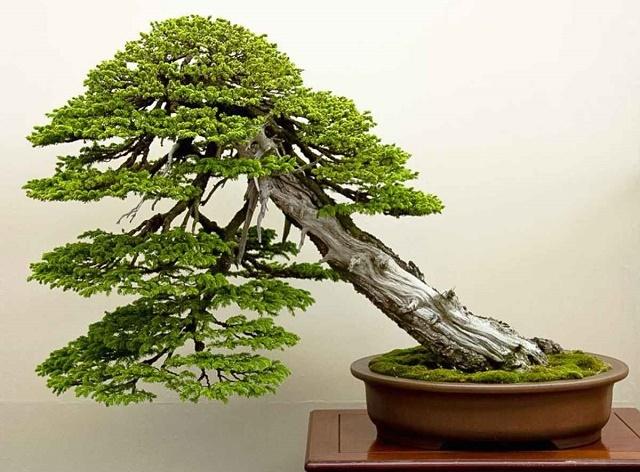
The shankan style is most memorable because the main trunk of the tree is inclined at about 45 degrees.
6. Moyogi (Curved Style)
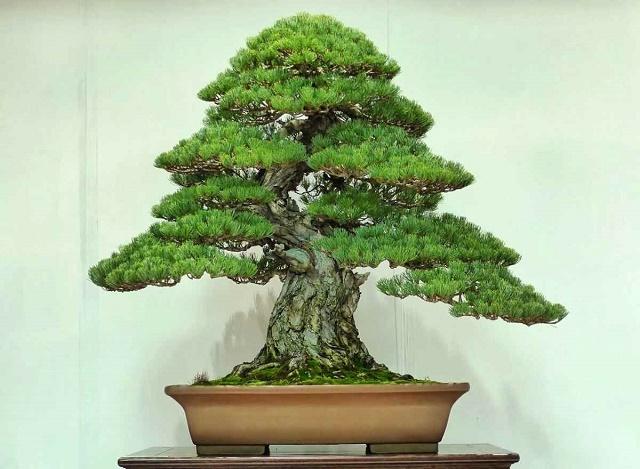
Moyogi is a fairly common style of bonsai. This style is characterized by a winding main trunk of a tree.
7. Soup (Double Trunk Style)

Bonsai that use the soup style are also often referred to as “Double Trunk”, or bonsai that have two balanced stems.
8. Kabudachi (Multiple Truk Style)
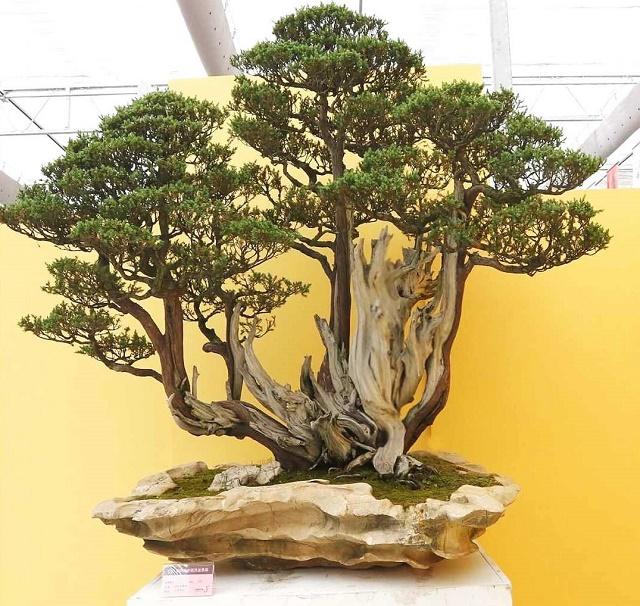
Kabudachi is a style of bonsai where multiple trunk are at a single root, making it look like a bush.
9. Yose-ue (Forest Style)

If you look at the bonsai style this one is similar to Kabudachi, but what distinguishes it is Kabudachi is a tree with many trunks, while Yose Ue actually consists of many trees.
10. Ikadabuki (Falling Trunk Style)
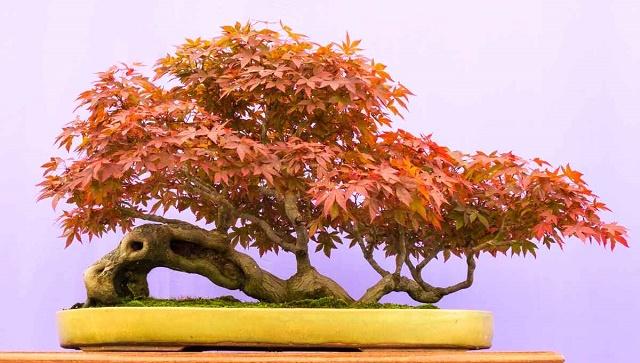
Still a style similar to Kabudachi, which both have many trunks from one tree. The difference is Ikadabuchi is a bonsai style depicting a large tree that falls to the ground and grows back, creating a landscape like in the wild.
11. Bunjin-gi (Literary Style)
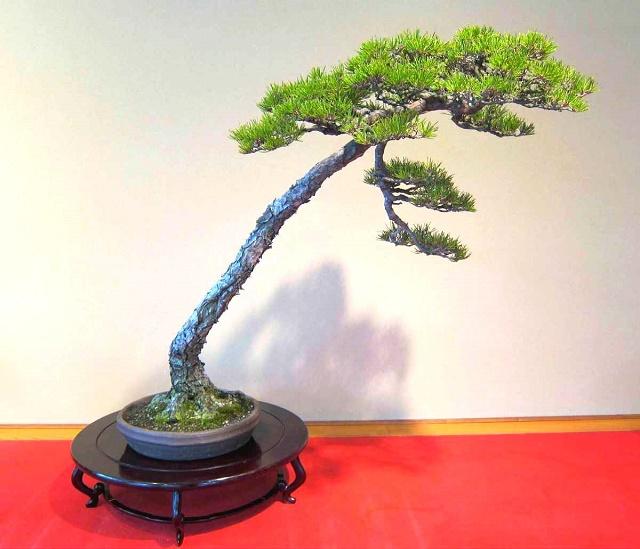
There are many names for this style of Bunjin-gi, but it is more commonly known as the “Literary Style”. You can see the main trunk of the tree, which is slender and stretches high, then curves at the ends and usually has only a few branches and leaves.
12. Fukinagashi (Windswept Style)
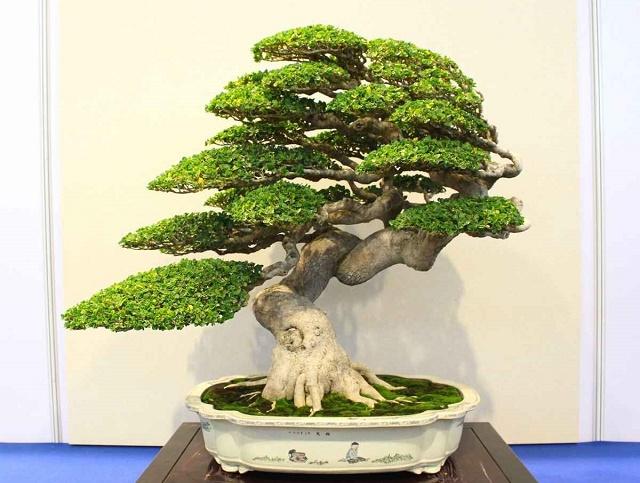
The ancient people probably created this unique bonsai style because it was inspired by a tree blowing in the wind that made its branches and leaves facing in one direction.
13. Han-kengai (Semi Cascade Style)
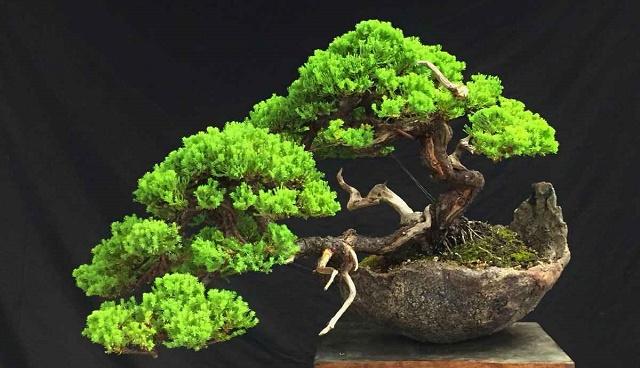
Han-kengai is a bonsai style that has a characteristic stem dangling downwards but not beyond the bottom of the pot.
14. Kengai (Cascade Style)
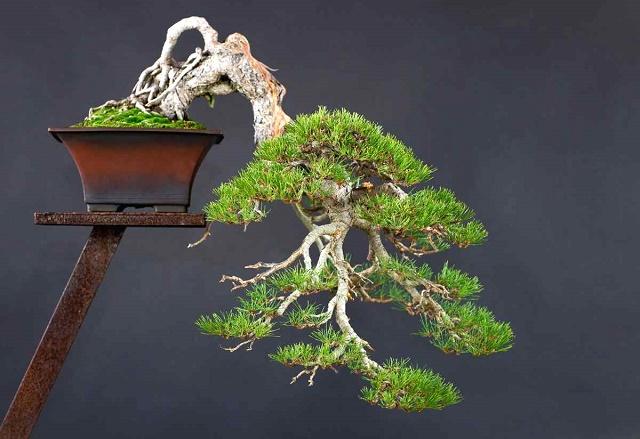
In contrast to the Han-kengai style, the Kengai style hangs further down and over the bottom of the pot.
15. Ishisuki (Growing on Rock Style)
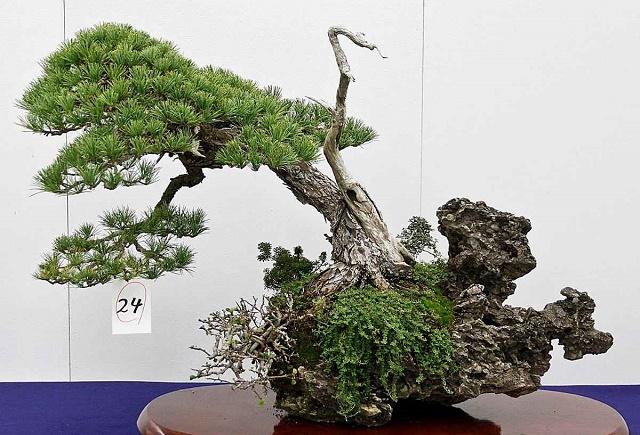
Few tree species can live for long periods between narrow rocks with minimal soil. Bonsai with this style requires special care, especially in watering and applying fertilizer to keep it in healthy condition.
16. Seki-joju (Rock Grasping Root Style)

Seki-joju is simpler than Ishisuki because the Seki-joju style utilizes rocks for tree roots before touching the ground. Many Seki-joju-style bonsai are made from multi-rooted and sturdy tree species such as trees from the genus Ficus.
17. Neagari (Exposed Roots Style)
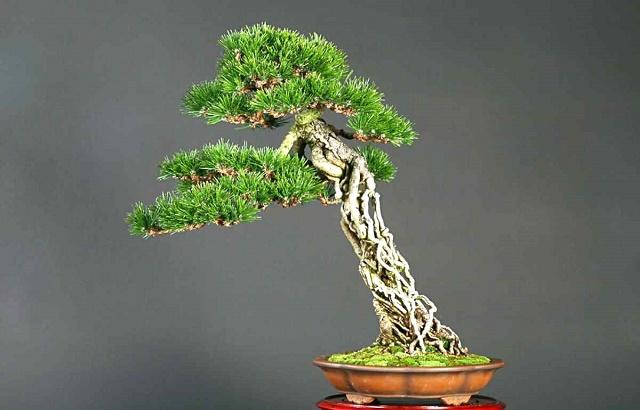
Neagari is a style of bonsai that shows roots above ground level.
18. Nebari (Old Tree Root Style)
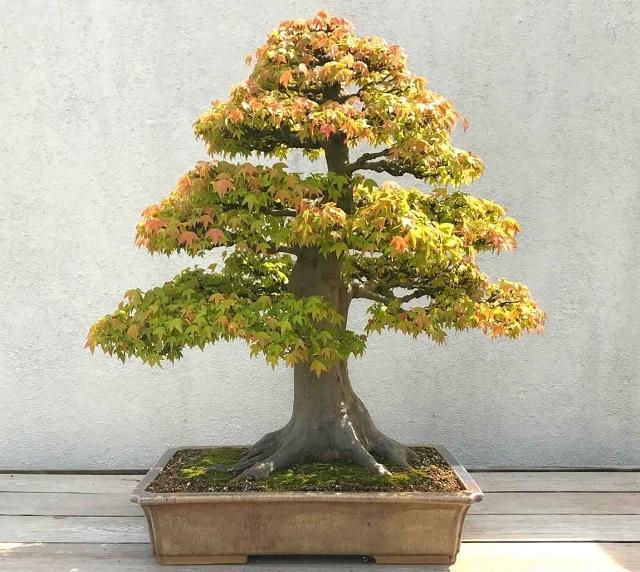
Nebari is a root style inspired by old trees in the wild. The roots of a nebari-style bonsai are often formed as they spread out above the ground.
That is a series of bonsai styles that exist in the world today and are still being maintained.
If you want to try to make bonsai by imitating one of the styles above, make sure you have read the previous article about 37 Beautiful Flowering Trees Recommended For Bonsai, 7 Best Juniper Trees for Bonsai, 9 Best Pine Specimens for Bonsai, or 8 Most Favorite Trees for Tropical Bonsai Enthusiasts.
Leave a Reply